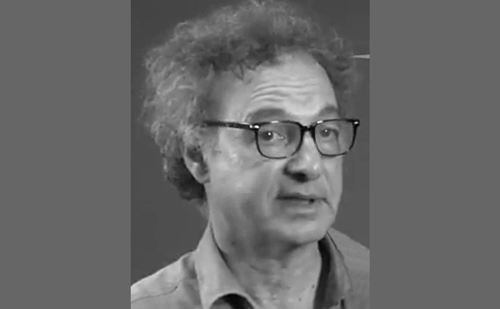“Insanity is doing the same thing over and over again and expecting different results.” Though the quote appears to be misattributed to Albert Einstein, its prudence is undeniable.1 CLEAR III (NCT00784134) provides ample evidence that this axiom has useful wisdom and perhaps even provides direction for physicians wanting to improve the outcomes of hemorrhagic stroke (ICH). For two decades prior to National Institute of Neurological Disorders and Stroke (NINDS) funding of CLEAR III, there existed multiple uncontrolled single-site convenience samples suggesting that an extra-ventricular drain (EVD) plus thrombolytic was lifesaving.2,3 The inclusion criteria for CLEAR III were difficult to organize, as the decision to treat was based primarily on the experience of a community of physicians and surgeons caring for traumatic brain injury (TBI). This group had transferred the use of EVDs and intracranial pressure (ICP) monitoring to intraventricular hemorrhage (IVH) patients, a clinically appropriate but non-evidence-based practice. Discussion by the CLEAR III investigators about “ideal inclusion criteria” included suggestions that hydrocephalus, ventricular obstruction, coma or low Glasgow Coma Score, or size of IVH be the critical inclusion criteria to define the treatment population. Consensus could not be reached, so we agreed to the pragmatic criterion, “any subject in whom the treating physician chooses to treat IVH with an EVD.”
CLEAR III was organized as an explanatory trial with close tracking by a core surgical center of treatment progress and potential bleeding complications via daily CT.4 This design was selected to plan for clinical learning, even if we did not reject the null hypothesis for our primary endpoint. The results were neutral on the primary outcome, improved proportion of modified Rankin Scale (mRS) score of 0–3, but positive on the secondary outcomes: 10% improved mortality (p<0.006), relationship between amount of clot removed and proportion of mRS 0–3 (p<0.001), and probable benefit in the larger (>20 mL) IVHs (odds ratio [OR] 1.91; confidence interval [CI] 1.04–3.52).5 In the area of “knowledge generation,” CLEAR III was successful.6 We now have clinically robust direction that volume of clot is the proper criterion for selection of subjects for clot reduction therapy with alteplase. Because the EVD alone allows for removal of blood in some subjects,7 it was likely we would find clots small enough that most of the blood was removed and other clots large enough that not all the clot was removed. That is what we found. We reported that clots <20 mL demonstrated the former behavior, while clots >20 mL, the latter.8 The measurement of removal difference for the cohorts was an average of 2.8 mL difference between alteplase and saline for the <20 mL clot size group and 15.2 mL average difference for the >20 mL clot size group. Alternatively, reducing clot size for the <20 mL group to 4.2 mL (alteplase) versus 5.7 mL (saline) was not effective, but reducing to 14.0 mL (alteplase) versus 26.1 mL (saline) was effective and associated with mRS functional change in the >20 mL group.9 As an explanatory trial, CLEAR III did not correct secondary hypotheses for multiplicity of testing.8,10 However, the mortality and proportional removal findings survive this correction with statistical significance. Thus, from CLEAR III, new knowledge about IVH has emerged: EVD plus alteplase is potentially lifesaving, mRS 0–3 is possibly improved by removal of clot, and subjects that are most likely to benefit are those with >20 mL.
ICH has the largest burden of disability of any stroke subtype.11 A new trial, such as CLEAR 4, with a therapy directed at removal of large amounts of IVH in subjects with IVH sizes >20 mL is needed.6 For a definitive trial, biologic plausibility is a clinically important factor in trial design. We can have no realistic hope for addition of a thrombolytic to lead to improvement of subjects with small clots that dissolve on their own or resolve with the help of an EVD. Trials are best performed on populations where plausible benefit is large and the size of the population to be tested is not so large that it includes subjects unlikely to respond or more subjects than needed to demonstrate a differential effect of therapy. We propose that CLEAR 4 is a trial that meets the requirements of strong clinical plausibility, well-defined population likely to benefit and compelling clinical need. We propose to test the clinical possibility of reducing blood-induced brain tissue toxicity and improving mRS 0–3 proportion by removing substantial amounts of blood clot with image-guided minimally invasive surgery in subjects with IVHs >20 mL.
When we have detailed, high-quality information, as we do for IVH, we should incrementally develop treatments that make sense for disease states. We should not just repeat the same experiment and hope for different results.












